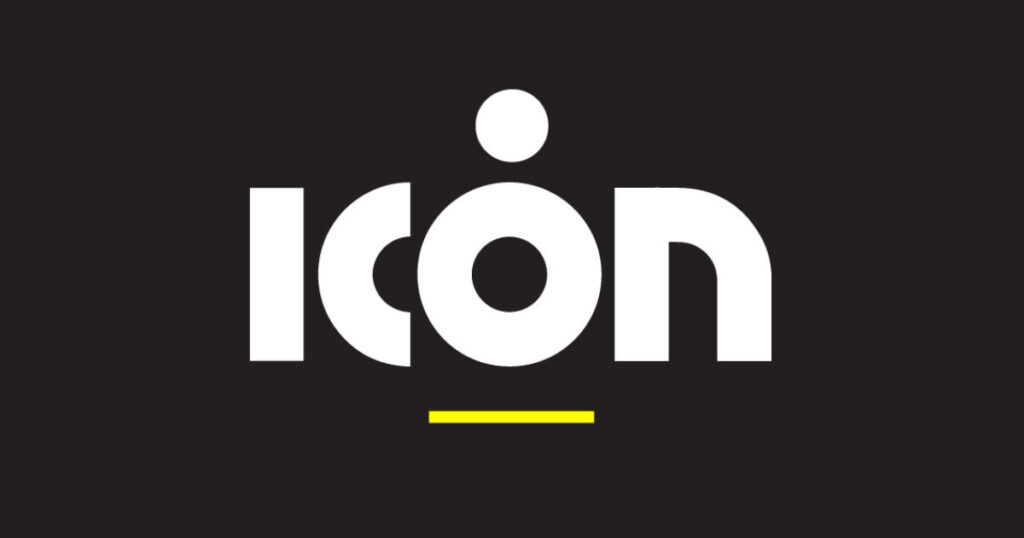ICON, the pioneer of advanced construction technologies and large-scale 3D printing, has officially announced the launch of a new products and technologies’ suite, which is designed to further automate construction. According to certain reports, the …
ICON, the pioneer of advanced construction technologies and large-scale 3D printing, has officially announced the launch of a new products and technologies’ suite, which is designed to further automate construction. According to certain reports, the stated suite comes bearing a new multi-story robotic construction system called Phoenix. Phoenix is understood to have the ability required for printing, at a respectable pace, an entire building enclosure including foundations and roof structures. Given the quickness, the stated constriction system should be able to reduce ICON printing costs by almost half. Available at $25/square foot for wall systems, Phoenix represents up to $25,000 in savings for the average American home. Next up, we have a digital catalog of ready-to-print home architecture called Codex, featuring more than 60 designs across five collections. Aiming to be the most comprehensive digital catalog of buildable home designs, Codex makes it possible for builders, developers, and home buyers to build with ICON quickly and affordably using world-class architecture. To achieve its long-term ambitions, the catalog will continue to install new collections in the near future, while simultaneously collaborating with architects all over the world to feature their proprietary designs.
Moving on to another new product in CarbonX, it is basically a new low-carbon extrudable/printable concrete formula, which upon being paired with ICON’s wall system and robotic construction methods, becomes the lowest carbon residential building systemin the world. Making CarbonX’s prospects even brighter is a white paper named “Reducing carbon emissions in the built environment: A case study in 3D-printed homes.” Co-authored with MIT Concrete Sustainability Hub, the paper covered 3D-printed homes employing CarbonX, and during that survey, it discovered how embodied and operational impacts of 3D-printed homes were lower than stick-framed construction. To build upon the initial success, the company has already started working on new formulations that will reduce carbon footprint even further. Set for shipping in April 2024, CarbonX will be available for projects and customers other than ICON’s own.
“This is the moment we’ve really been working for these past six years,” said Jason Ballard, Co-Founder and CEO of ICON. “When we launched the company and the first permitted 3D-printed house in 2018 during SXSW, we set out to both decrease the cost and increase the quality of building instead of choosing one or the other. We didn’t want to just be the best at 3D printing; we wanted to be the best at building, period. Now, I believe we can say that is a reality.”
Rounding up the highlights is Vitruvius, which is an AI system, programmed to design and build homes. You see, Vitruvius considers human and project inputs before producing robust architecture, plans, permit-ready designs, budgets, and schedules. This includes generating floor plans, interior renders, and exterior renders in minutes based on user’s desires, budgets, and feedback. In case that wasn’t enough, ICON will likely develop the system enough, by the end of 2024, to help it develop schematic designs.
“Going forward, ICON is an AI and robotics company focused on transforming the way we build and accelerating what we believe is a very exciting future. Vitruvius will become the default method for ICON in designing custom homes. We intend to be selling and building Vitruvius-designed homes beginning this year,” said Ballard.
|
|
|




